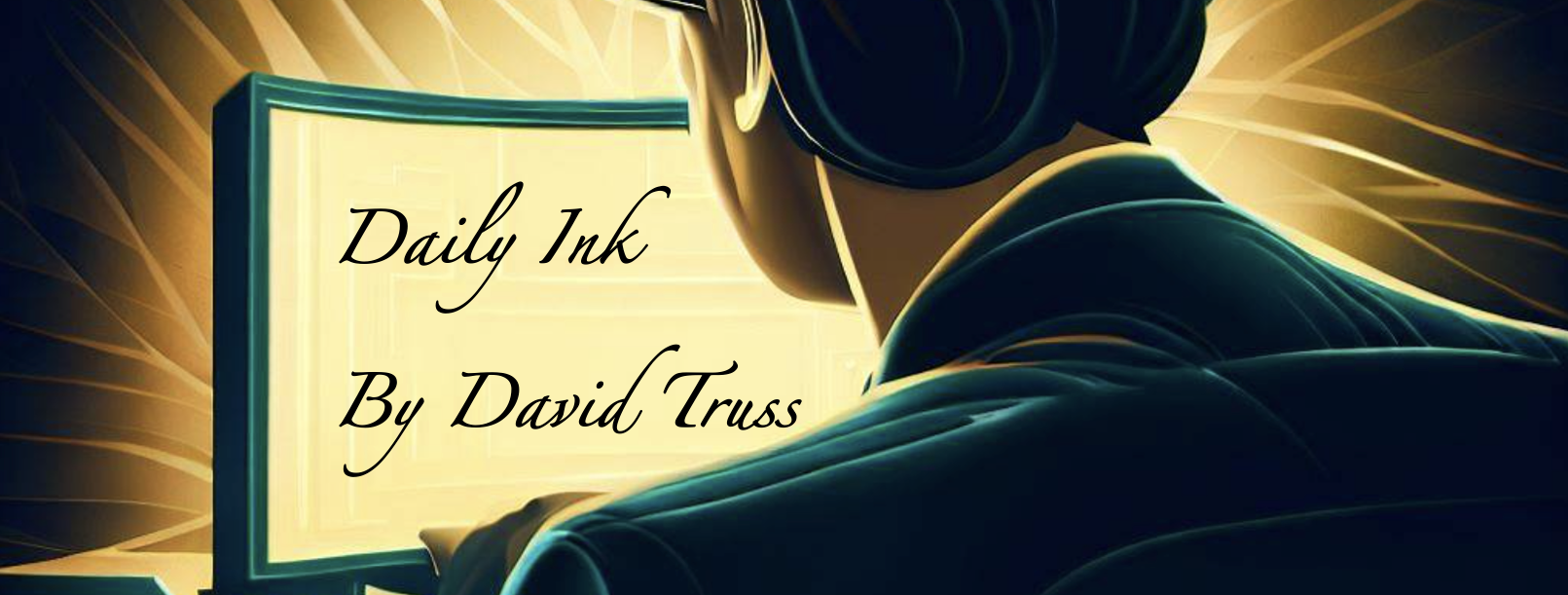…is this. It’s writing.
Last night before bed, I stared at a blank screen and tried writing. Nothing came to me. I started to write a number of post titles, and then I’d erase them. I looked at my saved drafts, underwhelmed and uninspired. I fell asleep working on this. I woke up with a blank page.
Fifteen minutes this morning I have stared at the blank page, thinking of a memorable moment to share, and concluding that I live a boring life. Wondering what I have of value to share, I realized that I’m stuck. If I wait any longer I will have to skip my morning workout. So I just start writing about writer’s block.
The most important thing about art is to work. Nothing else matters except sitting down every day and trying. ~Steven Pressfield, The War of Art
I’ve been here before, I’ll end up here again, it’s a creative wall we must all get over. But if I skip this hurdle, and avoid writing today, it permits me to do so again. If I sit here and don’t write, not putting these words ‘out there’, then I’ll miss my workout, thus permitting my block in one area to create a block in another.
But if I write about this block again tomorrow, then I’m skipping the hurdle in a different way. So, I give myself permission to write about writer’s block today, so that these paragraphs can unblock me.
The page is no longer blank.








